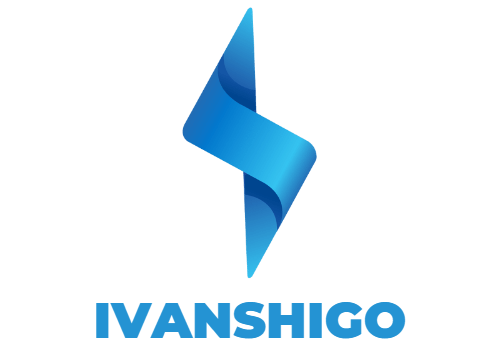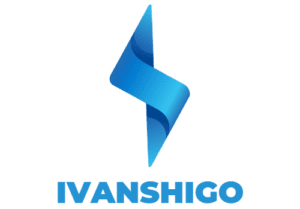Mastering Technical SEO: Advanced Techniques for Success
The world of Search Engine Optimization (SEO) has evolved considerably over the years, forcing digital marketers to adapt and update their techniques. As SEO moves into the realm of technical optimization, mastering advanced strategies is crucial to stay ahead in the game. This comprehensive blog post covers the essential aspects of technical SEO, providing a seamless journey from basics to advanced techniques that can fuel your digital success.
What is Technical SEO?
Technical SEO refers to the optimization of website and server configurations to improve search engine spiders’ crawling, indexing, and rendering of your content. It is the foundation of a strong SEO strategy, complementing on-page and off-page SEO efforts.
By ensuring your website is structurally sound, search engines can understand your content better, leading to improved rankings, increased visibility, and enhanced user experience.
Core Components of Technical SEO
-
Website Speed Optimization
Ensuring rapid page load times is crucial to both user experience and search engine rankings. Faster loading websites tend to have lower bounce rates and higher conversion rates. To optimize your site’s speed, consider these techniques:
- Use compression tools like Gzip
- Minify CSS, JavaScript, and HTML
- Optimize images using tools like ImageOptim or TinyPNG
- Implement content delivery networks (CDN)
- Leverage browser caching
-
Mobile-Friendliness
With the majority of users browsing the internet via mobile devices, it is vital to have a mobile-friendly website. A mobile-responsive design improves user experience while also positively influencing search engine rankings. Use tools like Google’s Mobile-Friendly Test to check your site’s mobile-friendliness and make necessary adjustments.
-
Crawling and Indexing
Managing how search engines crawl, index, and serve your site’s content directly impacts your search rankings. Adopt the following practices:
- Create and submit accurate XML sitemaps to search engines
- Use robots.txt file to manage crawlers, guiding them on what to index or not index
- Leverage canonical tags to signal the preferred version of a page and avoid duplicate content issues
- Use structured data to help search engines understand your website’s content better
-
Secure Sockets Layer (SSL) & HTTPS
Search engines prioritize and reward sites using HTTPS, which offers users a secure, encrypted connection. Updating your website to HTTPS boosts rankings, enhances your site’s security, and builds trust with visitors. Obtain an SSL certificate, update your internal and external links, and properly implement redirects to ensure a smooth migration to HTTPS.
-
Managing Redirects and Broken Links
Properly managing redirects and broken links can significantly improve your site’s technical SEO. Implement the following:
- Use permanent 301 redirects to guide users and search engines to the correct page when you move or delete content.
- Conduct regular audits to uncover broken links (404 errors) and fix them promptly to maintain a healthy site structure.
- Implement 404 custom error pages that provide users with an option to navigate back to your site.
-
Content Optimization
Optimizing your content for search engines and users alike is an integral part of technical SEO. Consider these factors:
- Write descriptive, keyword-rich title tags and meta descriptions for every page.
- Use header tags (H1-H6) to structure your content and include target keywords.
- Create quality content, focusing on readability, proper formatting, and engaging visuals.
-
International and Multilingual SEO
If your business targets audiences in multiple countries or languages, implementing international SEO practices can boost visibility:
- Use hreflang tags to indicate the language and regional targeting of your content.
- Employ country-specific domain names (ccTLDs) or subdomains to cater to different regions.
- Translate and localize your content to suit the audience’s language and cultural preferences.
Advanced Technical SEO Techniques
Once you’ve mastered the core components of technical SEO, consider implementing these advanced techniques to stay ahead of the competition:
- Log File Analysis: Analyzing your site’s log files can reveal crawling patterns and errors, helping you optimize your site for search engines.
- Dynamic Rendering: This approach serves a client-side rendered version of your site to users while providing a server-side rendered version to search engines. This is especially useful for websites with large volumes of JavaScript content.
- Edge SEO: Implementing SEO techniques on the edge, via Content Delivery Networks (CDN), can deliver faster load times and performance improvements.
Summary:
Technical SEO lays the foundation for a successful SEO strategy. By optimizing your website’s structure, speed, and responsiveness, along with focusing on content and international considerations, you unlock the potential for higher search rankings, better visibility, and an enhanced user experience. Consistently refine and adopt technical SEO best practices to stay ahead in the fast-paced world of digital marketing.




